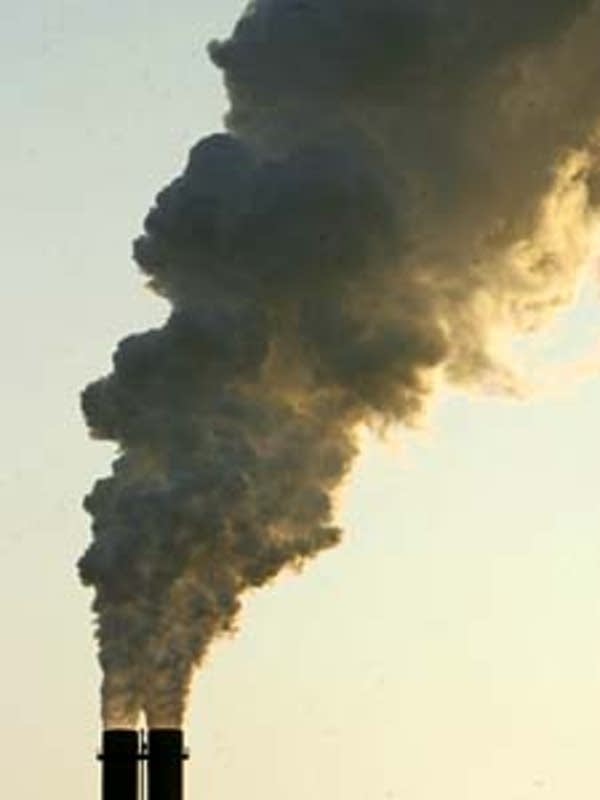Minnesota's greenhouse gas emissions grow
Go Deeper.
Create an account or log in to save stories.
Like this?
Thanks for liking this story! We have added it to a list of your favorite stories.

If the Midwest were its own country, it would be the fifth-largest emitter of greenhouse gases in the world, according to a report from the World Resources Institute, an environmental think tank.
Midwesterners put out 13 percent more greenhouse gases per person than the nation as a whole, and nearly four times the global average, the report found.
One bright spot is the industrial sector, according to the report's author, Thomas Damassa. Industries in the region increased their output by 10 percent, while at the same time they reduced their greenhouse gas emissions by 10 percent.
"There's a lot of talk about you can't reduce emissions without hurting the economy, and this report shows that that's certainly not the case for all sectors. And certainly there will be a lot of factors involved in determining that, but it looks like that's definitely feasible," he says.
Turn Up Your Support
MPR News helps you turn down the noise and build shared understanding. Turn up your support for this public resource and keep trusted journalism accessible to all.
In Minnesota, the increase in carbon emissions is due largely to our driving habits. We use a lot more ethanol than other states, but during the time of the study -- 1990 to 2003 -- emissions from cars and trucks in Minnesota grew faster than other Midwestern states.
In some ways, Minnesota's attractiveness as a place to live and do business is contributing to the problem.
"We've had pretty robust population growth here in MN. More people means more cars and more fuel consumed," says Kyle MaxLaury with the Center for Energy and Environment. Minnesota's transportation planning hasn't kept pace with the state's population boom, he says.
During the period of the report, Minnesotans put a lot more miles on their cars. They drove 25 percent more miles in 2003 than in 1990 as Minnesotans lived further from their jobs and spent more time in their cars.
"You end up with a double whammy of larger population and everyone driving more," MaxLaury says.
Those longer commutes wipe out the benefit we get from using more ethanol in our gas than other states.
Data from the Minnesota Department of Transportation show in the last three years, that increase in miles driven has flattened out. But some observers say that change is probably just a anomaly. As people get used to higher gas prices, or as the economy improves, people will put more miles on their cars.
Jim Erkel, with the Minnesota Center for Environmental Advocacy, thinks about these things a lot. He serves on the advisory group that's supposed to come up with strategies to reduce Minnesota's greenhouse gas emissions.
If we can reduce our miles traveled by 20 percent, we'd be in a position to achieve the overall reductions mandated by the legislature last spring -- 80% by 2050, he says.
"It's not out of the realm of possibility and it shouldn't scare people away, but it is going to require some dedication and some work to get the policies in place that will get us in that direction."
That means making the Twin Cities more like Portland, Oregon -- a bit more compact, with a lot more public transportation.
Of course, it would also help if our cars and trucks got more miles to the gallon. Erkel and the rest of the advisory group are considering whether Minnesota should impose clean car standards as California has done.
Dear reader,
Political debates with family or friends can get heated. But what if there was a way to handle them better?
You can learn how to have civil political conversations with our new e-book!
Download our free e-book, Talking Sense: Have Hard Political Conversations, Better, and learn how to talk without the tension.





